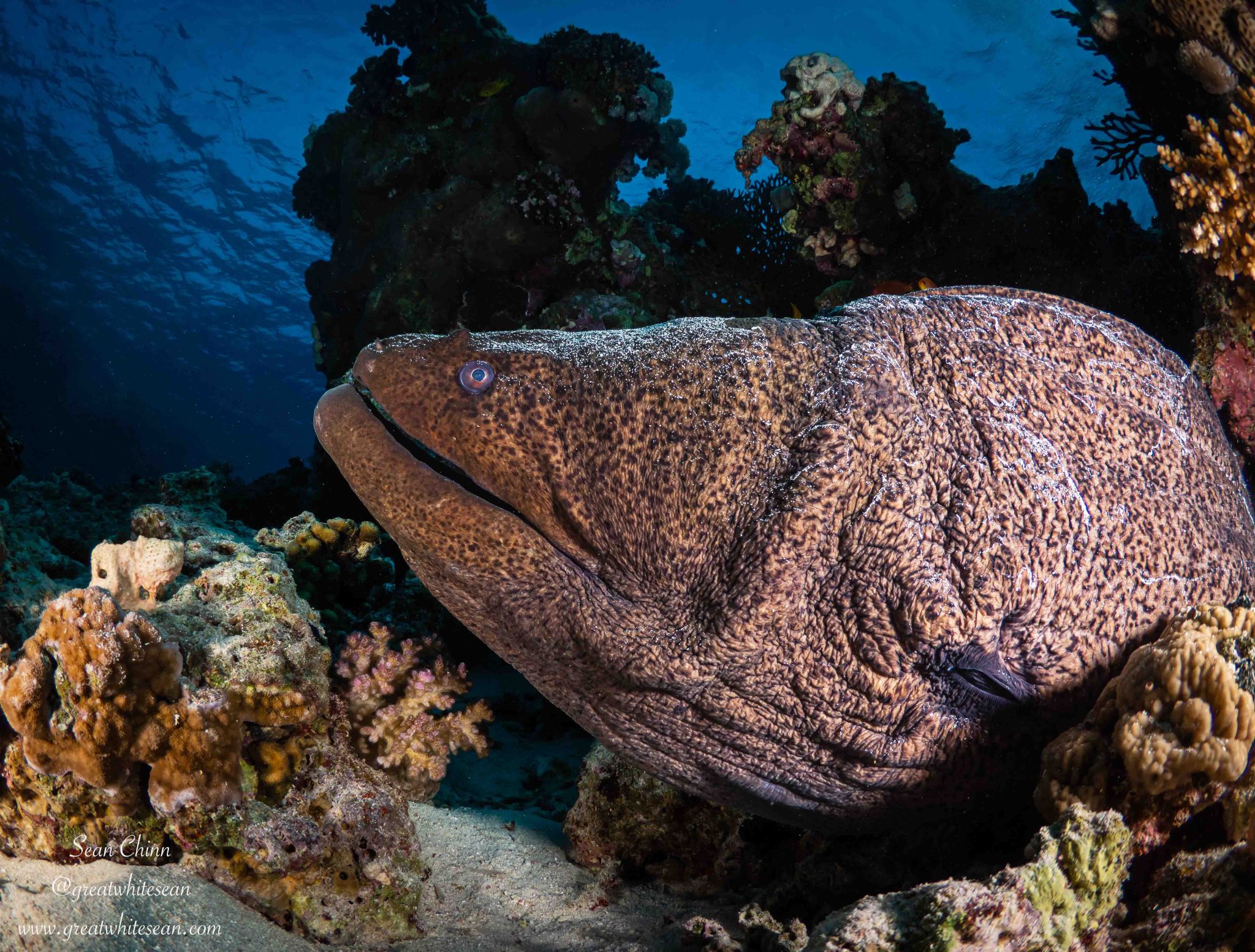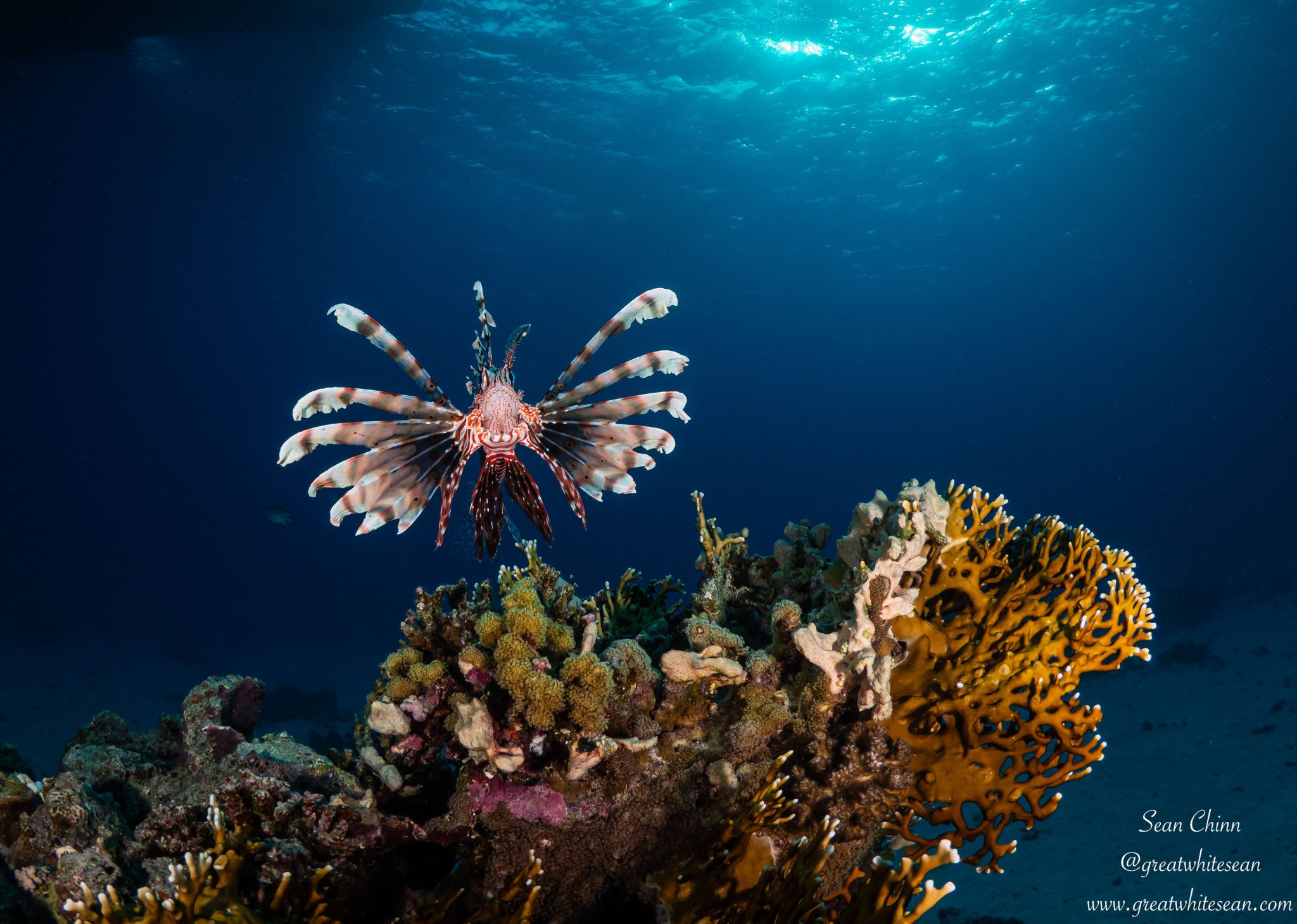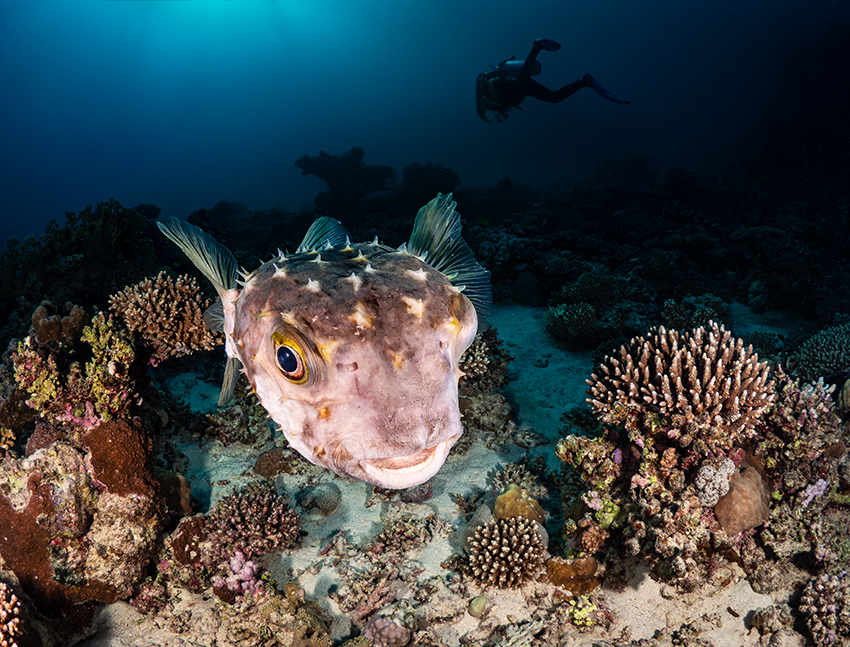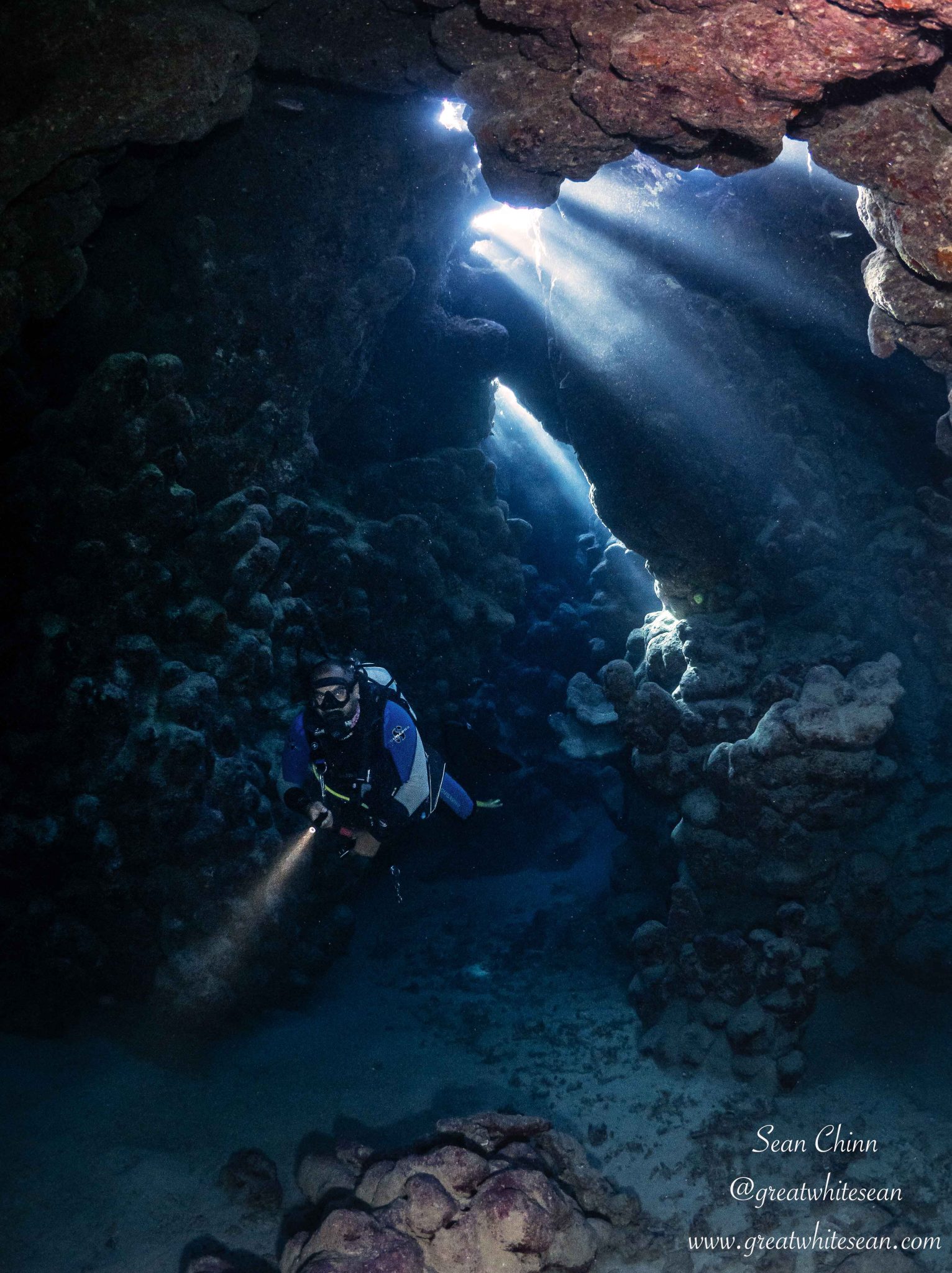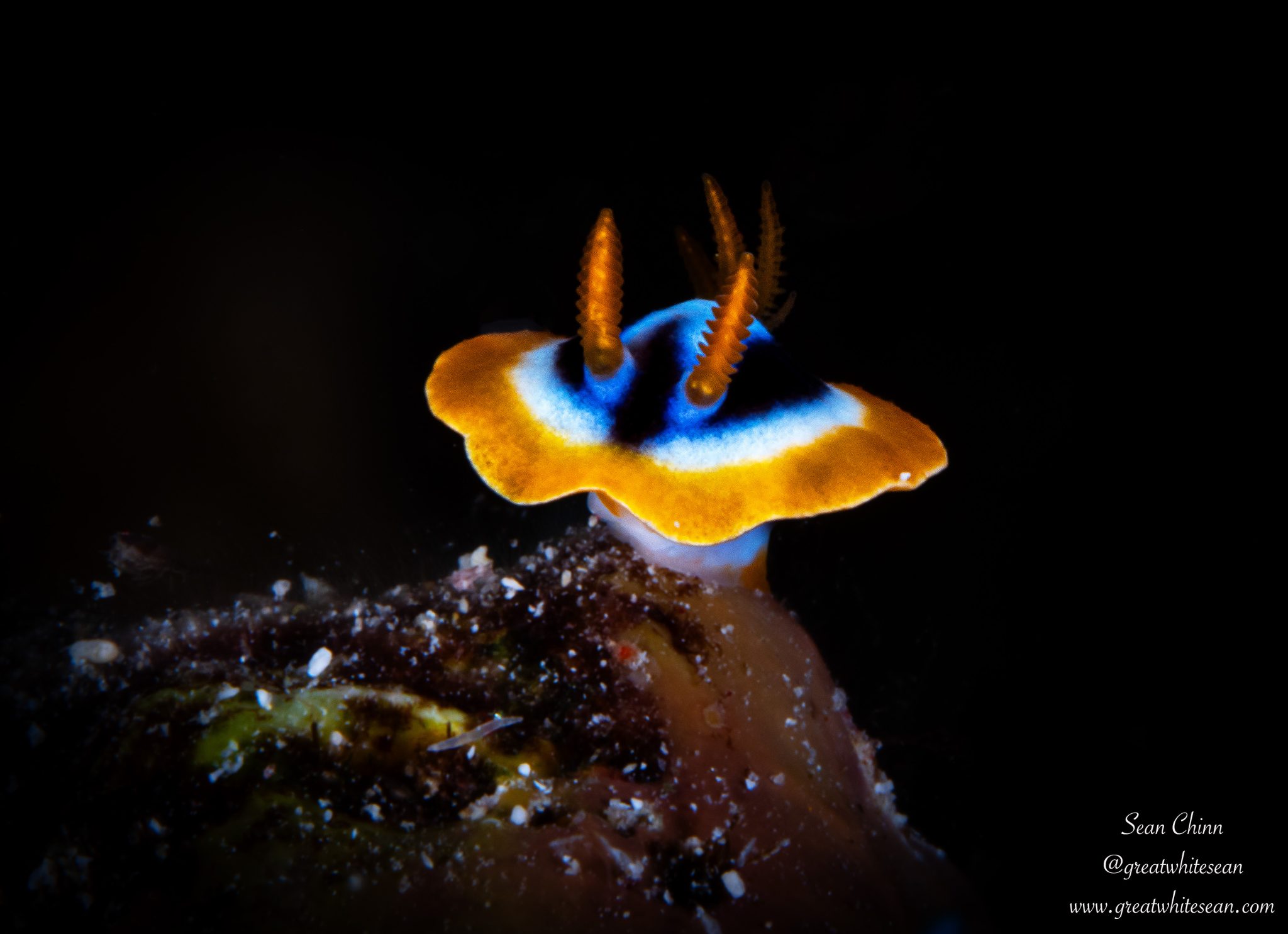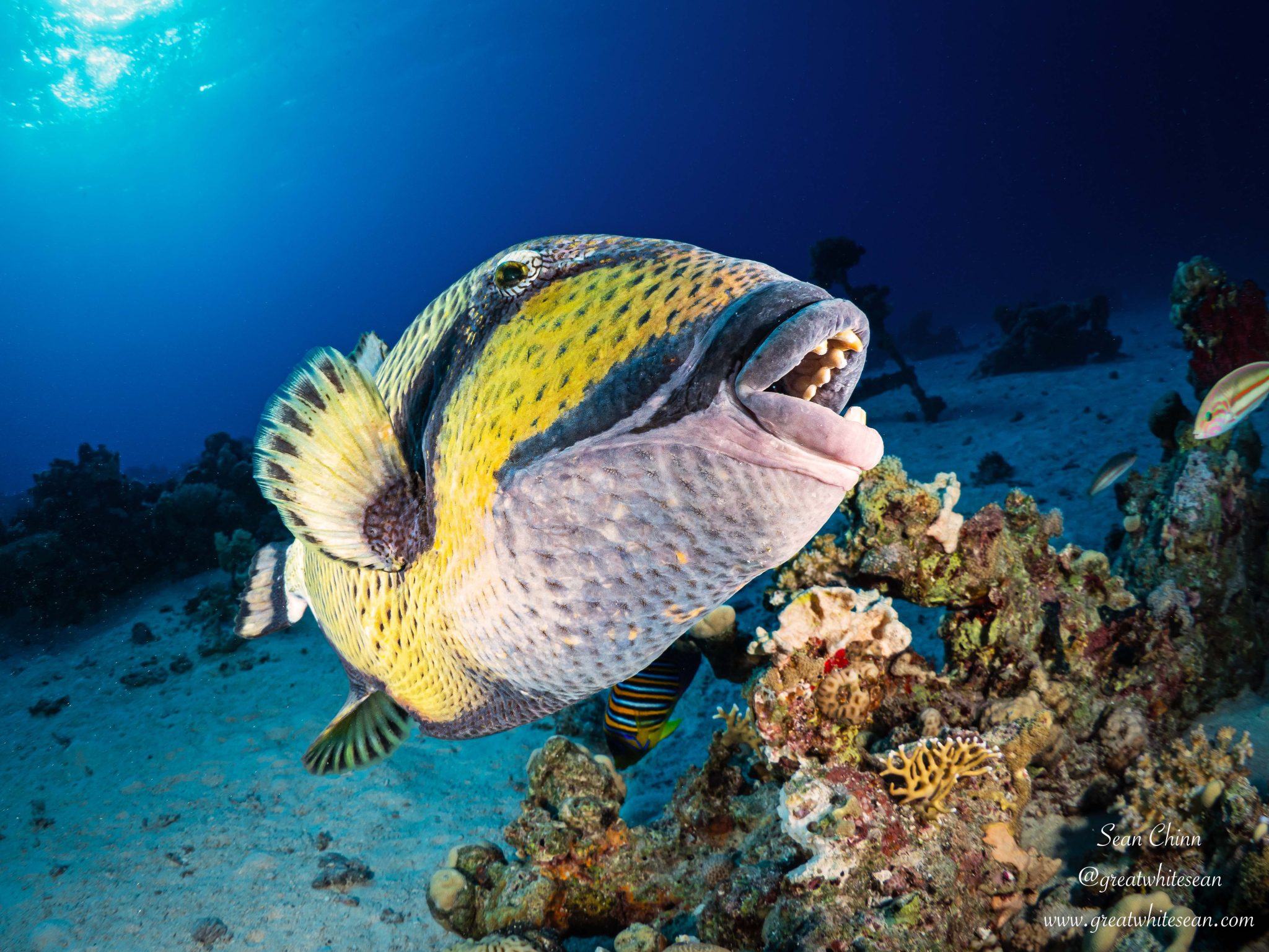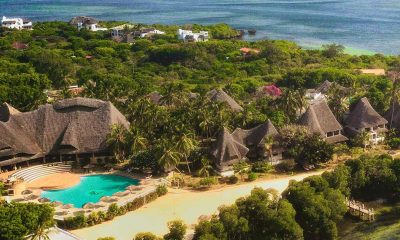Blogs
‘Simply the Best’ – Quintessential Red Sea Diving
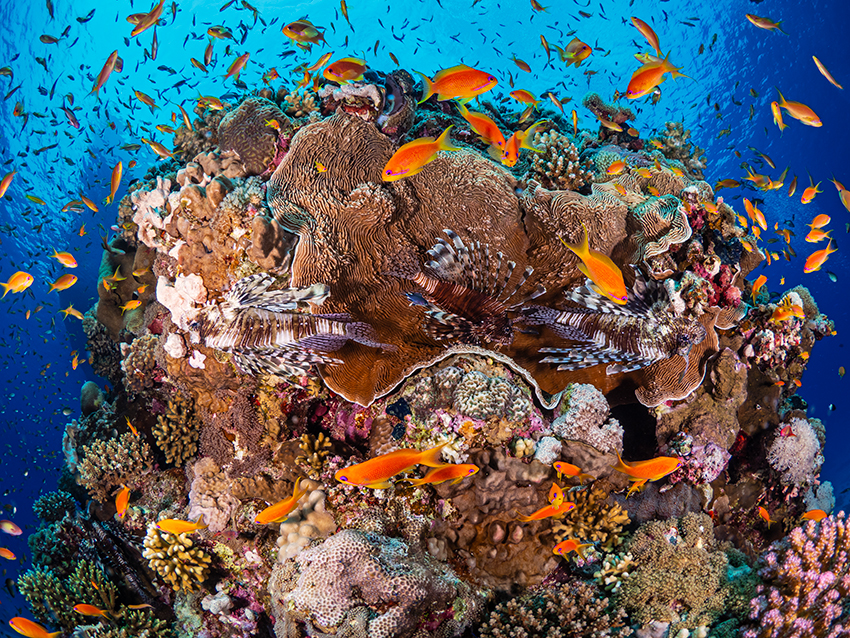
A ‘Simply the Best’ itinerary with Scuba Travel is the perfect blend of relaxing diving, coupled with a more adrenalin fuelled adventure. By now, I should hope you have read my previous blog, Simply the Best – a shark lover’s dream!!! Detailing the amazing adventure we had at the offshore reefs as part of the itinerary. If you haven’t read it, then you can find it here. Like any good book, there’s always a beginning, middle and end, and that is how this trip went. The offshore adventure in the middle was straddled either side by some super relaxing but super enjoyable quintessential Red Sea reef diving closer to shore, a perfect support cast for Brothers, Daedalus and Elphinstone.
The trip started with a couple of check-dives at Gota Abu Ramada. A night dive was also on the itinerary, but the weather wasn’t playing ball, so we made the journey to Brothers earlier to get a good mooring spot. Ultimately, it was our decision based off the captains advise and when nature has its own plans, you have to go with the experts. It was a shame to miss a night dive, as I always love night dives, but the 2 dives at Gota Abu Ramada were a great introduction to the week and couldn’t have been any easier to break me back into diving after a 5-month hiatus. we cruised the sandy bottom, exploring all the coral out-crops full of life. I always make a beeline for the coral pinnacles and play a game of spot the lionfish resting amongst them during the day. They’re so full of life and the anthias surrounding them are mesmerising to watch.
Somewhat surprisingly, I only saw one blue spotted stingray during the 2 dives here. On the sandy bottom dives, I normally spot them a lot more frequently. However, on these particular dives, the giant morays were the stars of the show, with one peppered moray also joining the list. A number of them were seen during the 2 dives and one was seen snaking its way along the sand before putting the brakes on in front of me and hypnotising me with its movements. As we came to the end of the diving here, I saw the biggest moray eel I’ve ever seen, which is saying something, as I’ve seen a lot in my diving life. Its girth was incredible. The dives here finished up with a couple of swimming lionfish and a large scorpion fish on the sand. You can’t get anymore Red Sea than this start to the trip.
After the amazing few days on the offshore reefs, we made our way back towards land one dive early to avoid Elphintone’s crowds and get a dive in at Abu Dabab 2. I remember this dive and the shallow cave/cavern exploration from 2 years previously. Such a fun dive with a twist from the usual. We started the dive at the wreck of the ‘Heaven One’ at only 14/15 metres, and the dive doesn’t get any deeper than that really. Although there is not much left of the wreck, it does provide some nooks and crannies for critters to hide out. I soon saw my second blue spotted stingray of the trip (I do love them), before heading to the entrance of the cave system on the reef’s edge. While I didn’t spend as long exploring them this time, it was a great change from the usual, and with a couple of tight squeezes to contend with, I felt like a cave explorer for a short moment, and the shards of light piercing through the reef were awe-inspiring.
After the one dive at Abu Dabab, we moved onto Ras Torombi for more stunning reefs and sandy bottom heaven, starting with an afternoon dive before our one and only night dive of the trip. There was so much beautiful coral on this dive, with the stunning hard coral along the larger reef walls in the shallows and the intense colours of the soft coral on the pinnacles. This was another shallow dive, only around 15m maximum, with the friendliest porcupine puffer fish I’ve ever encountered; it was also huge – one of the biggest I’ve seen.
I switched to macro for the night dive in the hope I’d find some cool little critters. Some of the group managed to find a couple of octopus that put on an amazing show for them. While I was sad to miss out on one of my favourite critter species, I did manage to find the smallest nudibranch I’ve ever seen in the Red Sea – it was only the size of my little fingernail. That was it for the really small though and it was more a night dive for lionfish, blue spotted stingrays and moray eels. I was very happy to get a night dive in, I always love them.
Unfortunately the weather didn’t get better like we hoped. In fact, it got worse for our last night’s crossing to return to Hurghada. It meant it took a lot longer than usual and we missed out on catching up on that dive we missed at the start of the week. That’s nature for you though, and you have to respect it and stay safe. So our last day finished with 2 dives; visiting Abu Ramada Island and Small Giftun. Abu Ramada was my favourite inshore dive of the trip. A super relaxed bimble along the sandy bottom, with an array of life to marvel at and photograph. A large scorpionfish started the adventure, but it was a rather large titan triggerfish that stole the show. I’m starting to repeat myself here, but it was another first for me – for a triggerfish to be so calm and allow many a photo to be taken. It was so transfixed on grinding away at the coral that it was unmoved at our presence – even coming right up to my lens at times – and it was my choice to leave him, rather than him leave me after I got the shots. More coral pinnacles spotting the lionfish and a relaxed blue spotted stingray finished up an excitingly peaceful dive.
Small Giftun gave us one last chance at hitting some depth and changing it up from the sandy bottoms of inshore diving, even if it was only for the first 10 minutes of the dive. Dropping down the wall to around 30m, we marvelled at the pristine gorgonian fan corals that thrive in the area; single fan corals dwarfing you as you get close, with anthias framing them as they dart around the different fans. A pleasure to see such healthy coral, before venturing around the corner of the island and hitting the sandy bottom and coral out-crops for one last time of the trip. Scorpionfish, blue spotted stingrays, a crocodile fish and moray eels gave us a great send off. With a number of small schools of Red Sea banner fish hugging the wall as we shallowed up, a swimming scorpionfish startling me as I watched the banner fish providing the last hurrah of the trip. All too soon it was the final safety stop and back onboard to clean our kit and dry it out.
What a fantastic week I had exploring the Red Sea from Hurghada onboard M/Y Tranquility on Scuba Travel’s ‘Simply the Best’ itinerary – the perfect mix of adventurous diving with some bigger marine life and the relaxing shallow sandy bottom reefs. I really got my shark fix for the year with the abundance of oceanic whitetip sharks that greeted us on a number of dives. They really are one of my favourites, and the Red Sea continues to be a beautiful destination to get underwater. I’ll be back!!!
For more information about diving in the Red Sea:
+44 (0)1483 411590
Marine Life & Conservation Blogs
Book Review: Shells of the World

Shells of the World: A Natural History by M.G. Harasewych
Shells of the world is a guide to the world of marine, shelled molluscs. And what a varied and interesting world it is. Some of my favourite things to find on a dive are detailed in this book, including disco clams (or Electric File Clams as they are correctly names), the cephalopods, giant clams and sea hares. There are also many on my wish list, top of which is the Nautilus.
Each chapter provides a detailed description of the species, along with beautiful images. You can dive deeper and discover where they live, both with global distribution and the habitat they prefer. Learn about their diet, reproduction and diversity.
Having dipped in and out of this lovely book over the past few weeks, it has inspired me to learn more about this group of animals that we see on most divers, wherever we are in the world. Some of the shells are incredibly intricate and beautiful. I have always agreed with never collecting, or touching, marine life. The description of a certain set of cone shells should be a warning to those that are happy to pick up marine life! One of the cone shells has a local name called the cigarette snail. Why? Because once the venom is in your system from this animal, you only have time to smoke one cigarette before the affects of the venom are fatal!
What the publisher says:
Mollusks are invertebrate animals with a remarkable natural history and a rich fossil record, and their shells are prized for their breathtaking variety and exquisite beauty. Shells of the World provides a wide-ranging look at the incredible diversity of marine mollusks. An informative introduction outlines the lineages covered, followed by a directory section, split into classes, that profiles a broad selection of different taxa to give a sense of their sheer numbers and variety.
- Features hundreds of beautiful color photos, depicting both the live animals and their shells
- Discusses mollusk evolution, anatomy, life cycles, behavior, and ecology
- Describes unique characteristics, distribution, habitat, and size
- Provides valuable insights into the conservation of the world’s marine mollusks
- Ideal for malacologists and shell collectors everywhere
About the Author:
M. G. Harasewych is research zoologist emeritus and former curator in the Department of Invertebrate Zoology at the Smithsonian Institution’s National Museum of Natural History. A fellow of the American Association for the Advancement of Science, he is the author (with Fabio Moretzsohn) of The Book of Shells: A Life-Size Guide to Identifying and Classifying Six Hundred Seashells.
Book Details
Publisher: Princeton University Press
Hardcover
Price: £25
ISBN: 9780691248271
Published: 9th April, 2024
Blogs
EXCLUSIVE: Jeff Goodman interviews Mark Spiers, CEO of New Scuba Diving Training Agency NovoScuba

In a video recorded exclusively for Scubaverse.com, Jeff Goodman interviews Mark Spiers, CEO of new scuba diving training agency NovoScuba.
Find out more about NovoScuba at www.novoscuba.com.
-

 Marine Life & Conservation Blogs3 months ago
Marine Life & Conservation Blogs3 months agoCreature Feature: Swell Sharks
-

 Gear Reviews4 weeks ago
Gear Reviews4 weeks agoGEAR REVIEW – Revolutionising Diving Comfort: The Sharkskin T2 Chillproof Suit
-

 Blogs2 months ago
Blogs2 months agoMurex Resorts: Passport to Paradise!
-

 Blogs3 months ago
Blogs3 months agoDiver Discovering Whale Skeletons Beneath Ice Judged World’s Best Underwater Photograph
-

 News3 months ago
News3 months agoPADI Teams Up with Wellness Brand Neuro to Drive Ocean Change and Create a Blue State of Mind
-

 Gear Reviews3 months ago
Gear Reviews3 months agoGear Review: Oceanic+ Dive Housing for iPhone
-

 Marine Life & Conservation2 months ago
Marine Life & Conservation2 months agoSave the Manatee Club launches brand new webcams at Silver Springs State Park, Florida
-

 Blogs2 months ago
Blogs2 months agoSeagrass Awareness Month brings critical food source for Manatees to centre stage


